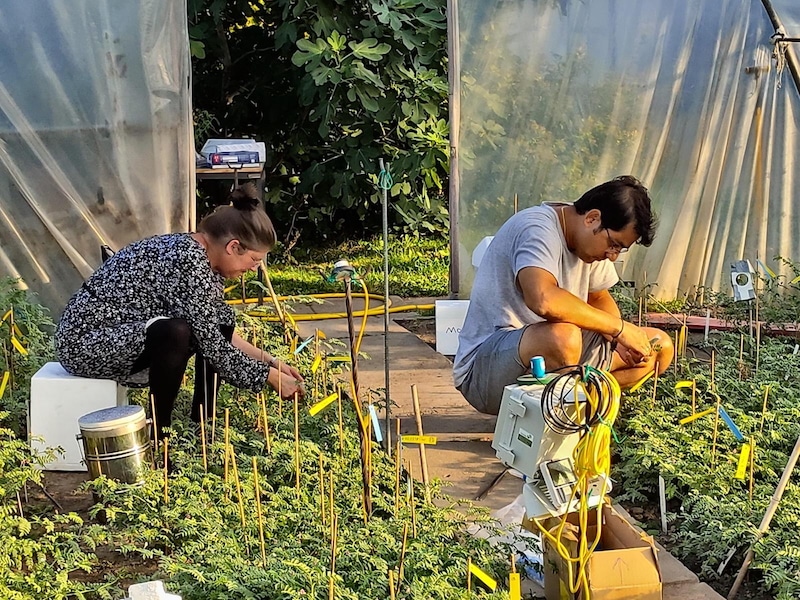This post was originally published on Eco Watch
A new study is highlighting chickpeas as a protein source for a potentially drought-stricken future brought on by climate change.
The research, led by molecular biologist Wolfram Weckwerth from the University of Vienna, explored the benefits of 36 different chickpea genotypes as climate change impacts continue to threaten food security around the world.
According to the Food and Agriculture Organization’s State of the World’s Biodiversity for Food and Agriculture, only around nine plant species make up 66% of total crop production. However, there are more than 6,000 edible plant species.
This lack of diversity in our food production mean that the cultivated crops become more vulnerable to stressors, like drought, and threats to crops can lead to more severe food scarcity. Additionally, a report from United Nations, which was not involved in the study, revealed that the number and duration of droughts globally rose by 29% from 1998 to 2017.
Study authors Anke Bellaire and Arindam Ghatak collected and measured chickpea leaves from the field. Wolfram Weckwerth
“This narrow genetic base can have several negative consequences, such as increased susceptibility of plants to diseases and pests, reduced resistance to factors such as drought and climate change, and increased economic fragility,” Weckwerth explained. “Maintaining adequate plant and genetic diversity is crucial for agriculture, which must adapt to future changing conditions. With our new study, we have taken an important step in this direction and looked at the chickpea as an important food of the future.”
According to the researchers, chickpeas are the fourth largest grown legume crop in the world, but they aren’t one of the nine primary crops on which humans base their diets.
In response, the research team experimented with growing various types of chickpeas under drought conditions to test their resistance to test stress. Several different varieties grew successfully despite the drought conditions, and the researchers further determined that many chickpeas were also good candidates for urban farming.
The team ranked the genotypes on their drought responses, which could help determine the best genotypes for selective breeding drought-tolerant chickpeas in the future, according to the study.
According to Weckwerth, different chickpea genotypes had different ways of dealing with the drought stress, such as through inositol and sugar alcohol interconversions, creating more variations between genotypes for improved resilience against the impacts of climate change. The researchers published their findings in Plant Biotechnology Journal.
“With their high protein content and their drought resistance, legumes such as chickpeas are a food of the future,” Weckwerth said. “Another advantage is that a higher proportion of legumes in a country’s agricultural systems improves the overall efficiency of nitrogen use — this also makes agriculture more sustainable.”
The post Chickpeas Could Become a Major Protein Source for Their Drought-Resistant Properties, Study Says appeared first on EcoWatch.





0 Comments